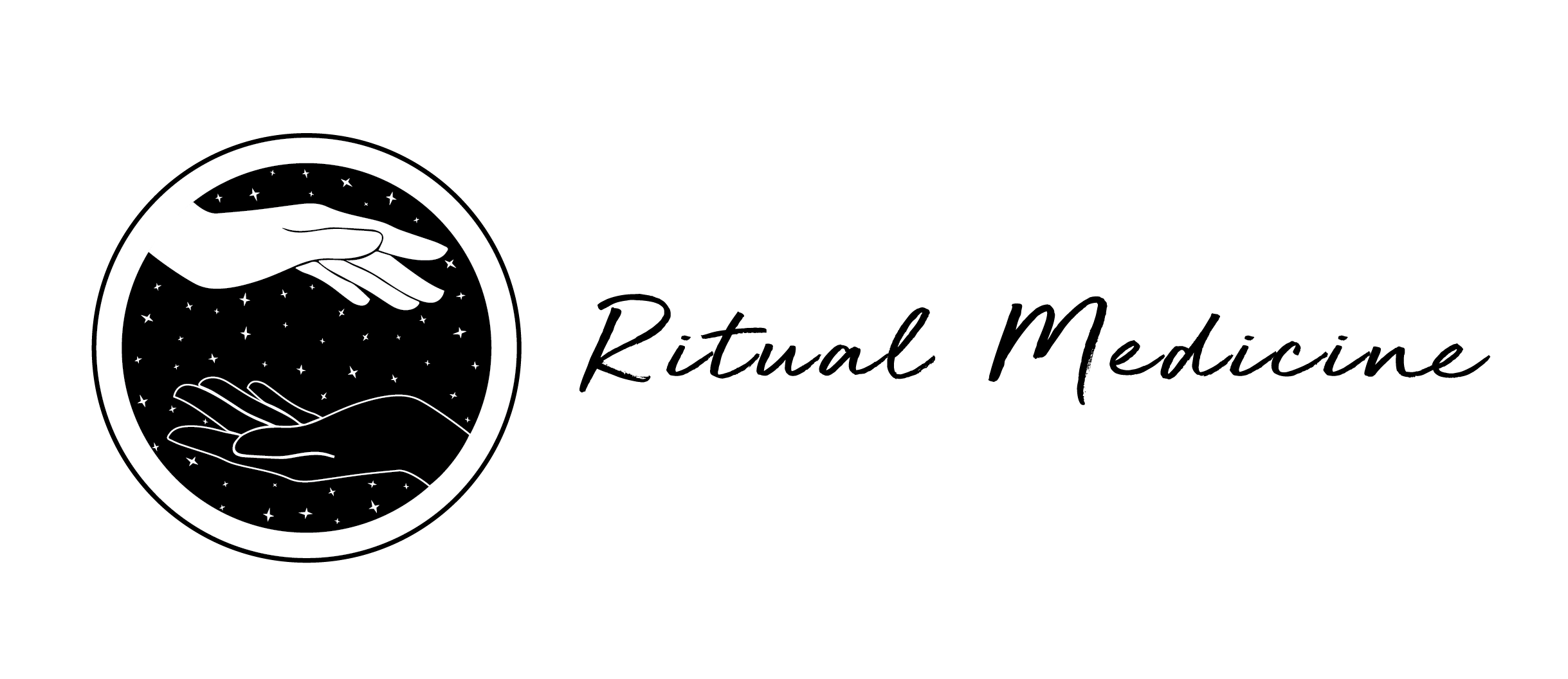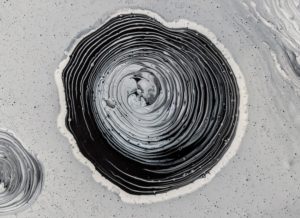Acupuncture for C-section scar recovery
Acupuncture and Chinese medicine play an important role in c-section recovery.
The number one reason for surgery in Canada is a Cesarean section delivery, according to the the latest data from the Canadian Institute for Health Information (CIHI).
Like many other prosperous countries, Canada’s c-section rate is rising: 28.2% of births in Canadian hospitals were performed via c-section in 2016-2017.
While there are many potential reasons for why a c-section delivery may be needed (breech, previous cesarean delivery etc), the topic today is how Traditional Chinese Medicine can help with its recovery.
Using a blend of acupuncture, herbal medicine, and moxa therapy, we are able to shorten the healing process, reduce inflammation and swelling.
How does acupuncture help scar healing?
Common symptoms of cesarean scars include swelling, local numbness, tingling and adhesions.
By administering treatment closely around the scar, the acupuncture needles cause what we call ‘micro trauma’. This creates a response in the body that sends increased blood flow, and white blood cells to the area which promotes tissue healing.
Another important piece of these treatments is the use of mugwort, or what we call moxibustion. This topical herbal application is extremely effective at reducing inflammation and swelling, and increasing blood flow. Post cesarean birth it is used to promote healing and bring warmth back into the lower abdomen. A moxa pole looks like a giant incense stick and it made out of an herb called mugwort.
By using moxibustion, we can help to improve healthy blood circulation and speed up recovery time for both internal and external surgical sites.
When should I start postpartum c-section therapy?
As soon as possible is preferred. While it is never too late to come in for scar therapy, the longer you wait, the required number of treatments may increase.
While every treatment plan is personalized, an example may be once a week starting at 2 weeks postpartum for 6 treatments.
For questions or to book a c-section scar therapy treatment, call 1 778 400 6360.









